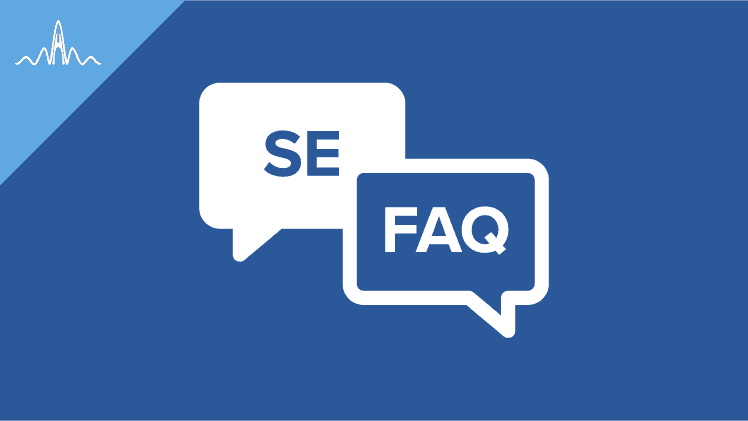The main reason is that QFD weights MOEs (which it calls requirements) rather than weighting defined ranges in improvements in each MOE. The folly of this is illustrated easily, say for a cellphone:
Cellphone A costs 10 cents more than cellphone B, but provides 200 hours more time between charges (6 hours for B, 206 hours for A) or
Cellphone A costs $200 dollars more than cellphone B, but provides 10 seconds more time between charges.
It is not even just the magnitude of improvement, but the actual range points. For example, going from 6 hours’ time between charges to 206 hours is hugely more valuable than going from ten million hours to 10 million plus 200 hours.
So the QFD weights are pretty much meaningless.
This flaw in QFD can be fixed, but it still leaves a methodology that is tedious and imprecise. MAUT used as an integral part of the 3-step optimization process is MUCH more effective and time-efficient. Having said that, the evidence is strong that QFD is certainly a lot better than nothing. It simply isn’t the best approach to maximizing value to the customer. VOC is a catchy and appropriate phrase, but QFD is not the only way, or the best way, to pursue it.














